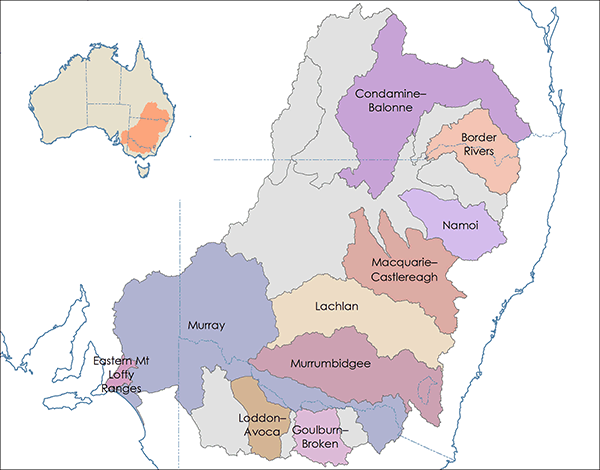Industry overview
Irrigated agriculture in the Murray–Darling Basin makes an important contribution to the Australian economy and regional economies. In 2014–15 the Basin accounted for 66 per cent of Australia’s total area irrigated and 40 per cent of the nation’s irrigating agricultural businesses. These businesses undertake a variety of irrigated farm enterprises, including vegetable crops, tree and vine crops, pastures for grazing, hay, rice, cotton, cereals and oilseed crops.
ABARES has conducted surveys of irrigation farms in selected industries and regions in the Murray–Darling Basin since 2006–07. The Murray–Darling Basin Irrigation Survey includes cotton, rice, dairy and horticulture farms in 10 regions of the basin. The most recent survey was funded by the department and the Murray–Darling Basin Authority.

